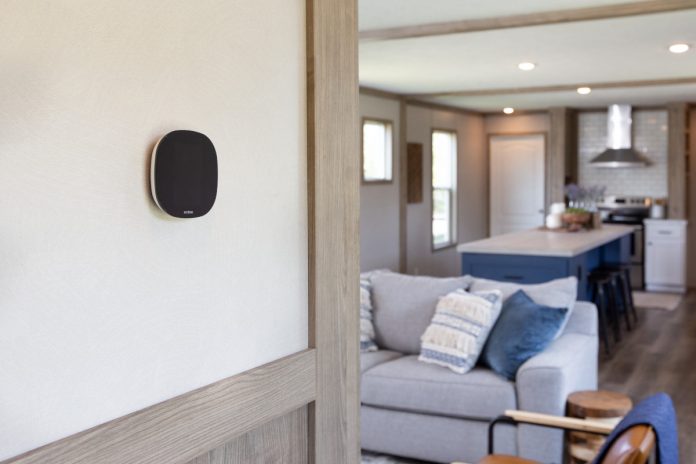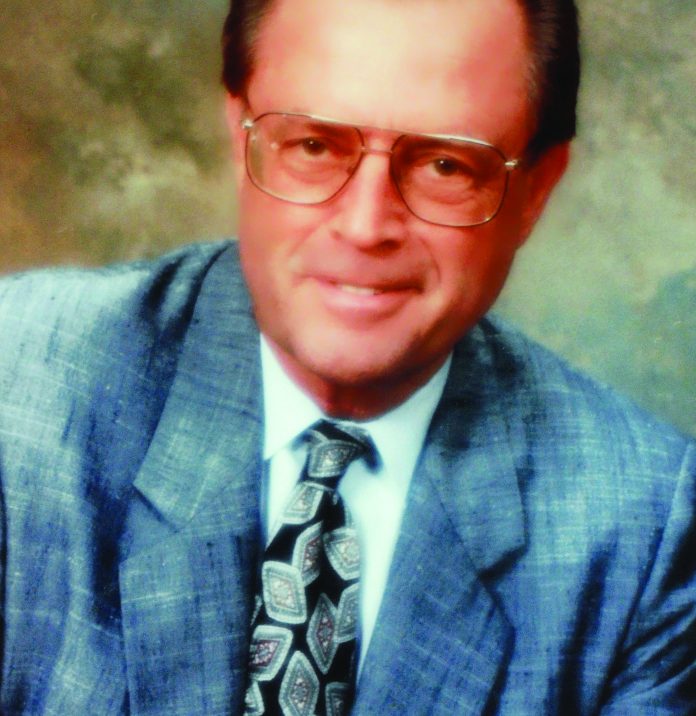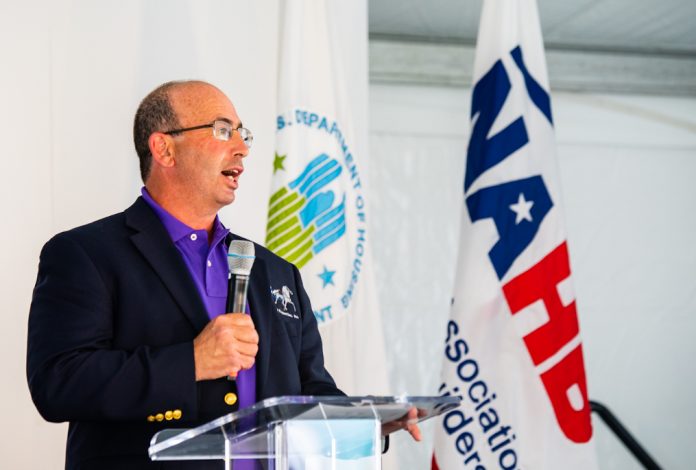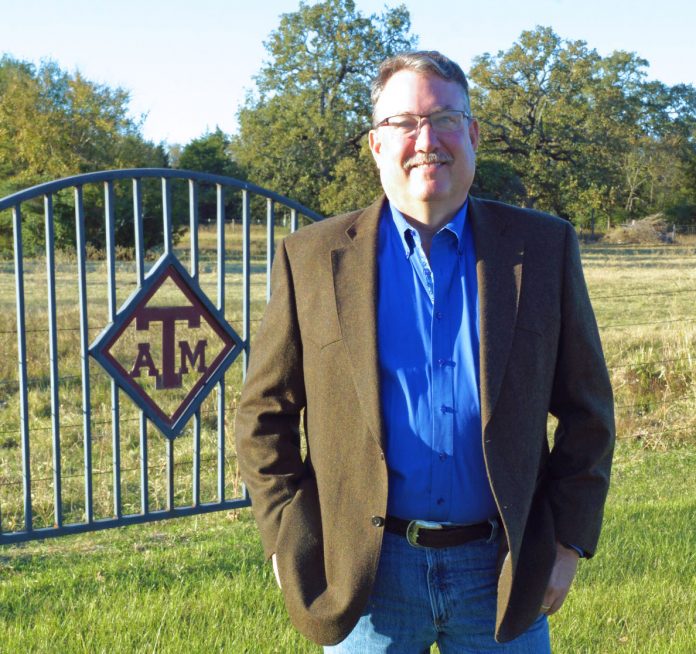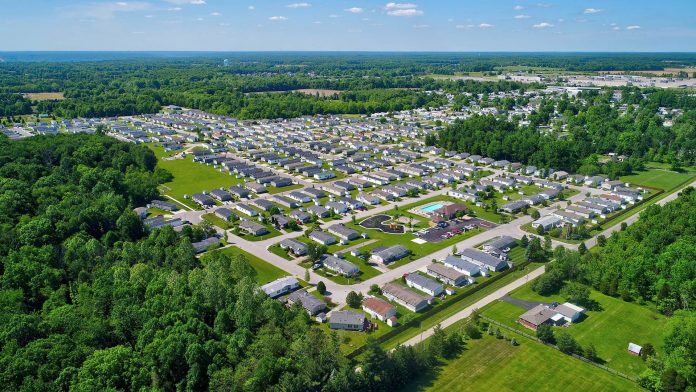Tennessee Home Builder Earns Multiple Awards, Hires New Director
Clayton has been honored multiple times in recent months, and as recently as October, for its positive impact on the state of Tennessee’s natural resources and communities.
“Whether it’s a private business, a government body, or a college or university, we want to recognize those who are showing a commitment to protecting the environment in Tennessee,” Gov. Bill Lee said. “Our honorees this year have proved worthy of such recognition.”
The Maryville-based company was honored by the Governor’s Environmental Stewardship Awards program for exceptional voluntary actions that improve or protect the environment and natural resources with projects or initiatives not required by law or regulation.
“We have an outstanding group of award recipients,” Tennessee Department of Environment and Conservation (TDEC) Commissioner David Salyers said. “We want these awards not only to honor the winners but to encourage others to follow their lead.”
Clayton Savannah, a home building facility in Savannah, Tenn., was recognized for material management practices, one of eight organizations honored on the day. It worked toward the vision of “developing housing innovations that improve lives and build a better tomorrow” in multiple ways, including with a partnership at Pickwick Landing State Park. The company diverted landfill waste from the home building process by donating leftover gypsum board to add to a nutrient-rich mix of compost to feed the gardens.
“We earned this award due to the way our team members have embraced sustainability by reusing, reducing, and recycling materials,” Clayton Savannah Environmental Health & Safety Manager Lisa Lujan said. “During the pandemic, we stopped and looked at our internal processes to see what we could do better on reducing and reusing materials. In 2020, Clayton Savannah reused 1.5 million pounds of materials – primarily wood and sheetrock – that would have otherwise gone to the landfill.”
The program also gives awards for agriculture and forestry, building green, clean air, energy and renewable resources, environmental education and outreach, natural resource conservation, sustainable performance, and water quality conservation.
The state environmental awards have been given each of the last 35 years, but not necessarily in each category. The 2021 awards lacked an honoree in the clean air category. Eleven judges reviewed 75 nominations in picking the 2021 recipients.
Clayton Home Building Group® Recognized as Market Leader
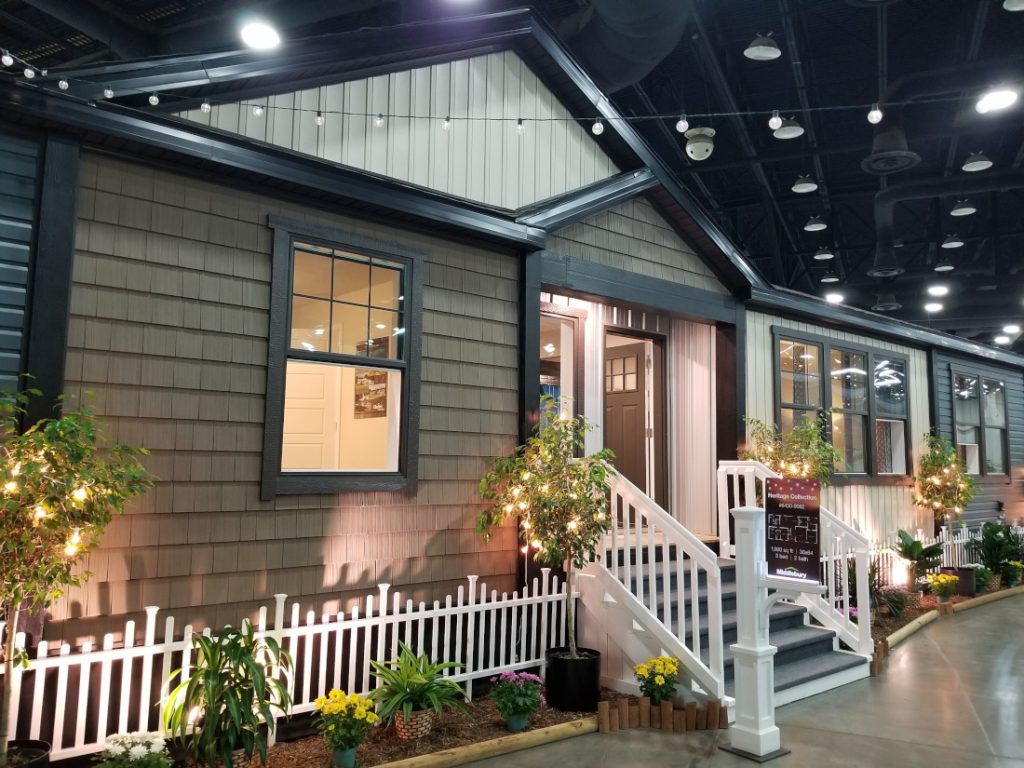
Clayton Home Building Group received the 2021 ENERGY STAR® Residential New Construction Market Leader Award for 34 of its off-site home building facilities across the nation.
The facilities were awarded for the construction of energy-efficient modular and manufactured homes.
ENERGY STAR® certified homes are quieter and more comfortable, have lower utility bills and help protect the environment by reducing greenhouse gas emissions. To earn the ENERGY STAR® certification, homes must meet strict energy efficiency guidelines set by the U.S. Environmental Protection Agency. From January 2020 through April 2021, Clayton built over 20,000 ENERGY STAR® certified homes.
“Through our green building practices and energy-efficient features that are included in our Clayton Built® homes, we are able to embrace sustainable home construction,” CEO Kevin Clayton said. “While we pride ourselves in the homes we build, we are also proud of the innovative building methods and standards we continue to adopt for the future.”
The company’s continued emphasis on being an environmental steward in the community and in the homes it builds has resulted in the hiring of a new director for environmental and sustainability initiatives.
“Building a better tomorrow for our communities and the environment is core to our mission at Clayton,” Clayton Director of Environment and Sustainability William Jenkins said. “Contributing more ENERGY STAR® certified homes to the marketplace is a great achievement for Clayton’s sustainability initiative. It represents our commitment to build a more sustainable future for our customers and communities.”
Beyond Energy Star, Clayton is starting the process of assessing the carbon footprint of its operations. Once established, it will be used as a baseline to set progressive emissions reduction targets going forward. As part of its national sustainability effort, Clayton aims to improve the energy efficiency of its homebuilding and supply facilities, set ongoing reduction targets for waste and water, and increase reliance on renewable energy.
“Innovations in energy efficiency help our homes operate more efficiently than comparable homes built to code,” Jenkins said. “This enables our customers to significantly reduce their consumption of energy and natural resources, which translates to less greenhouse gas emissions and reduced strain on their respective power grid.”
In addition, Clayton will also be expanding its ISO program. Currently, all of its manufacturing and supply operations are ISO 14001 certified, or in the process of becoming certified. Clayton will be expanding this program to address energy efficiency across its manufacturing and supply facilities by conforming with the ISO 50001 standard. This effort is aimed at reducing energy consumption and indirect emissions from purchased electricity.
Clayton Celebrates 65 Years in Business
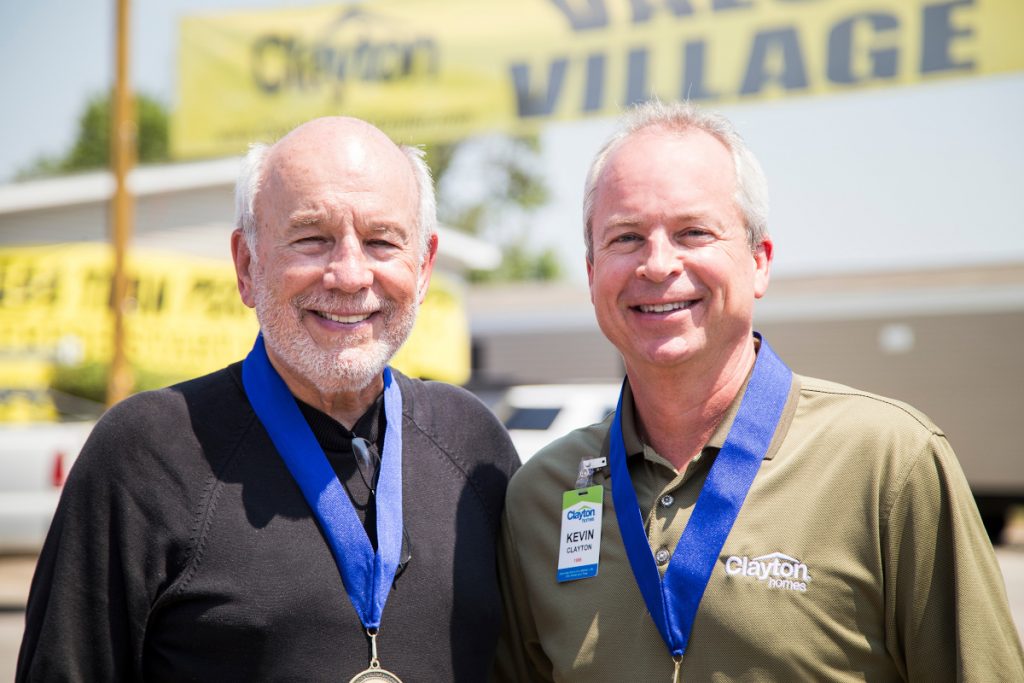
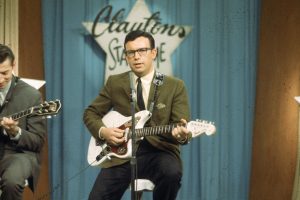
Clayton Homes recently published a series of new interviews — conversations between company co-founder Jim Clayton and his son and CEO Kevin Clayton — in which they discuss family history, the founding of the company, its culture, and influence.
“My folks worked very, very hard,” Jim Clayton said. “They were always trying new plants… growing new types of foods on the farm.”
Their approach to farming, particularly once the family received and put to use a new tractor during World War II, created an early road map for innovation and business development. Jim received a guitar from an uncle, and brought together his growing knowledge of engines and machinery, electrical equipment, and music to build and promote his earliest endeavors.
“All of that was fun, and I was able to use it,” Jim Clayton explained. “I’m not sure we could have found a way to promote the company as well as we did with the radio and the TV shows and the live music we took to all the cities.”
Bookmark MHInsider for the latest in manufactured housing news, and to keep up on all of the manufactured housing industry trends.

